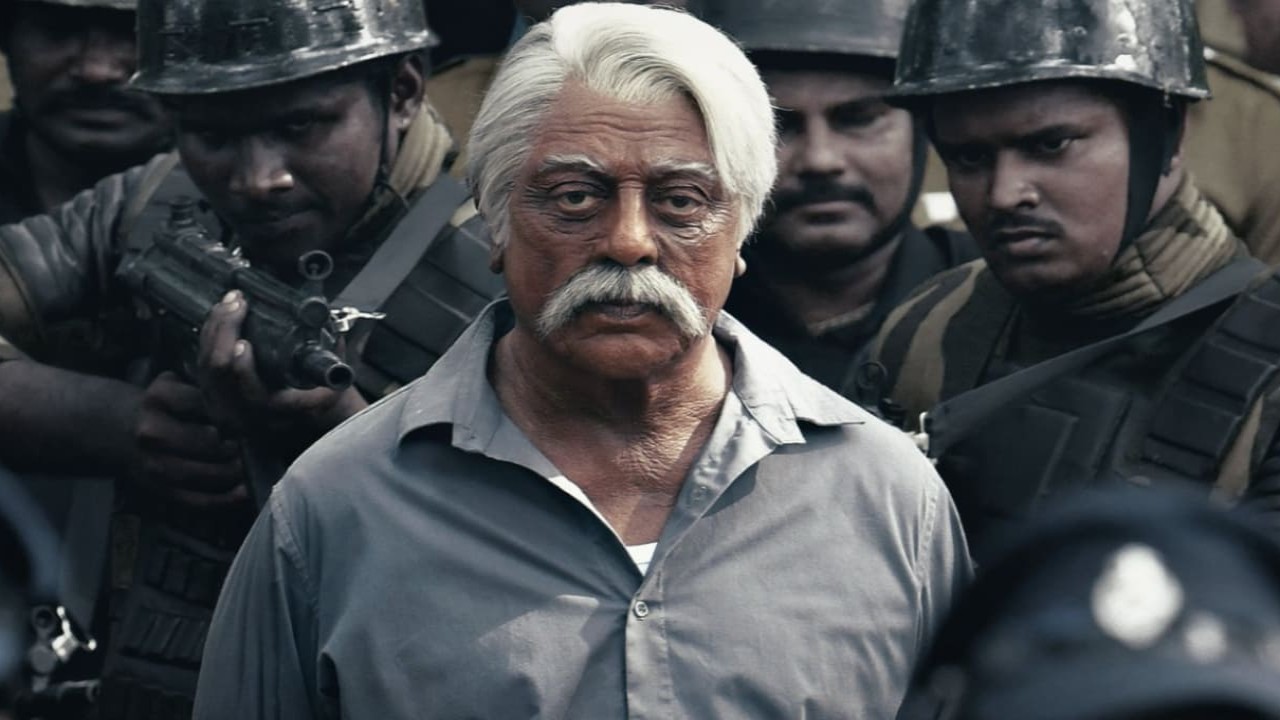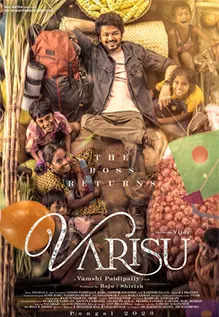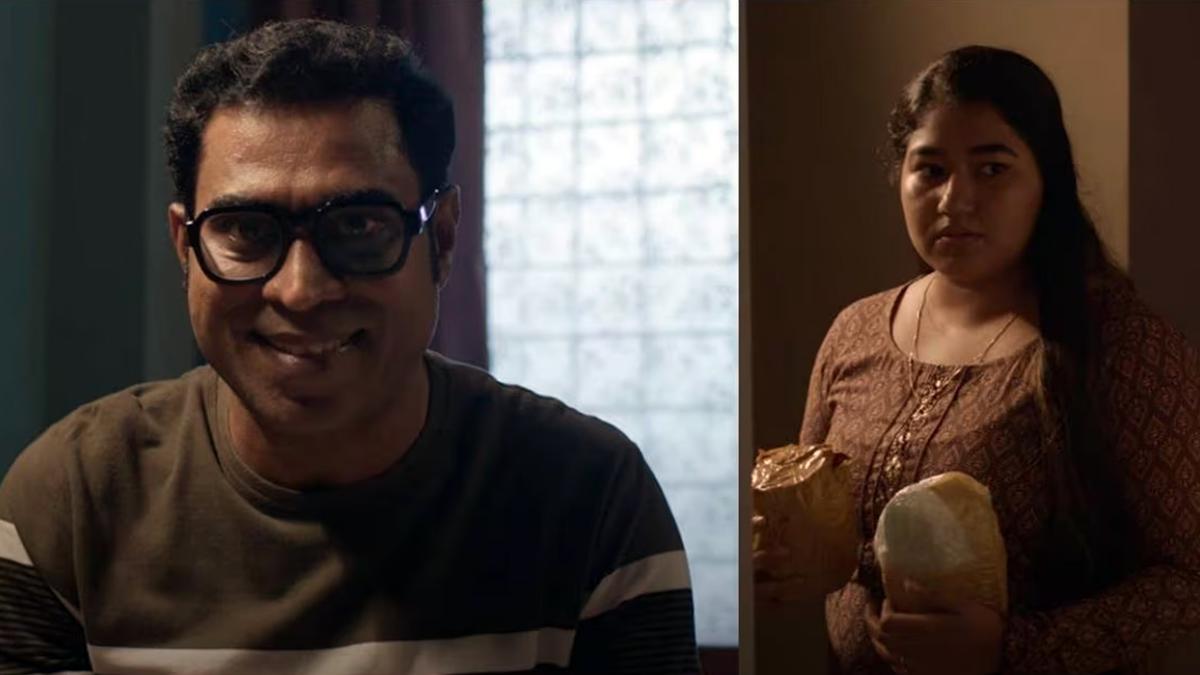In Lokesh Kanagaraj we trust.
You have witnessed the inspiring evolution of a filmmaker in four films. You are naturally soaked with all the pre-release fanfare, drama, fan theories, ticket-buying frenzy and whatnot. You have shuffled around all the pieces of information like a puzzle to set just the right expectations. And yet, when you step into Leo, if you forget all that and are overcome by euphoria — a joy that trickles down to your belief in a filmmaker’s vision — it’s largely because of the trust and goodwill he has earned.
But the trust, unfortunately, gets tested at times. Leo, starring Vijay, is a test of faith for Lokesh and his audiences. He attempts an ingenious re-telling of David Cronenberg’s 2005 drama A History of Violence, a story about a small-town family man forced to put up a fervent fight against despicable men chasing after his blood. It’s a done-to-dust routine, partly reminiscent of even Vijay’s own Theridirected by Atlee, but in the hands of a filmmaker who made Kaithi and Vikram, the narrative finds fresh opportunity to be pushed to its limits and become a pure-genre Lokesh Kanagaraj actioner.
Lokesh loads this potent outline with several (action) genre treats as gunpowder, the performer in Vijay as ammunition, and shoots it with a lot of filmmaking fury… only to miss.
It’s also apparent where he misses the target. Lokesh justifiably has a lot to do in setting up the world of Parthiban (Vijay), a bakery owner and part-time animal rescuer living the quiet small-town life in Theog, Himachal Pradesh. A wonderfully-conceived and designed scene of a hyena rescue sets the mood for what’s about to come to Parthi, and his family that includes a concerned wife Sathya (Trisha), a son with teenage angst Siddharth (Mathew Thomas), and his daughter Chintu (Iyal) who likes to dance with her dad.
Leo (Tamil)
Director: Lokesh Kanagaraj
Cast: Vijay, Trisha, Sanjay Dutt, Gautham Menon, Arjun Sarja
Runtime: 164 minutes
Storyline: A cafe owner’s idyllic existence is disturbed when an impulsive act of self-defence threatens to unearth several skeletons in his closet
If the hyena rescue shows us what we are to believe of our hero, what sets the stage for this character is a show-stealing scene at his bakery, when a bunch of reckless hoodlums (played by Mysskin, Sandy and others) wreak havoc. A scene that Cronenberg and writer Josh Olson built purely to infuse nerve-wracking tension in their film gets an outright Lokesh treatment, right from the stereo playing 90s Tamil songs like ‘Karu Karu Karupayi’ and ‘Thamarai Poovukkum’ to close-ups tapering into Vijay’s face before what we know is coming.
Interestingly, Leo also delves even deeper than A History of Violence into an innocent man’s psyche after his family is exposed to a nasty world.
While Lokesh continues to build all he has to, you get a hint of worry that the story still hasn’t introduced the chief antagonists —Antony Das (Sanjay Dutt) and his brother Harold Das (Arjun) — who believe that Parthi could possibly be the formerly-presumed dead Leo Das (an uber-cool Vijay). You wonder if the remaining runtime could sustain the expectations from the anticipated flashback as well as the character arcs of the Das family. Lokesh’s Leo, to much disappointment,derails here, becoming his weakest film to date. It loses out on the whole “Who is Leo Das and why did he turn against his own people?” question, the pillar on which the entire film rests. And you never really care for any of the Das gangster squadron.
Even a stunningly-conceived car chase sequence (unlike anything on Tamil screens before) cannot save this actioner from losing its zeal; the many boring knife fights only dampen it further. Furthermore, Lokesh might have teased us with what he could do with the romance angle in the beginning, but the emotional beats and Sathya’s character arc wither away before long.
The filmmaker does manage to tap into the performer in Vijay — the star delivers what the scenes demand — but scene-writing blues can cut deep; it’s disappointing that Lokesh the writer (Rathna Kumar and Deeraj Vaidy share credits with him in Leo) who we are familiar with from Vikram, delivers this substandard attempt at what could have been a fascinating character study.
If you already know the answer to whether Leo is part of the Lokesh Cinematic Universe, but prefer to be in denial till you watch the film…. this is a cue to exit. But Leo does make one wonder if the filmmaker’s knack for world-building doesn’t extend to universe-building, as everything about the LCU in Leo feels dreadfully forced.
Only the excitement to witness Kamal Haasan and Vijay — the stars — together on-screen remains, but will we be really invested in watching Parthiban enter the world of Vikram? How Lokesh will carry the story forward with five leading stars in the game remains to be seen. The end credits soundtrack, the ‘I’m Scared’ surprise zinger, and the many callbacks to Vikram prove that composer Anirudh Ravichander remains the heartbeat of Lokesh’s Cinematic Universe.
Leo might have missed the mark, but the impact of Lokesh’s previous films is such that the audiences will continue to bat for him. In Lokesh, we still believe… for now.
Leo is currently running in theatres






























/cdn.vox-cdn.com/uploads/chorus_asset/file/25782636/247422_ChatGPT_anniversary_CVirginia.jpg)
/cdn.vox-cdn.com/uploads/chorus_asset/file/25789444/1258459915.jpg)

/cdn.vox-cdn.com/uploads/chorus_asset/file/25546252/STK169_Mark_Zuckerburg_CVIRGINIA_D.jpg)


/cdn.vox-cdn.com/uploads/chorus_asset/file/23951353/STK043_VRG_Illo_N_Barclay_3_Meta.jpg)